Before I started frittering my life away reviewing golf equipment for your pleasure, I qualified in marketing so I am also very interested in the brand positioning of equipment.
Therefore when someone decides that they are going to name a driver Epic, then it had better be the real deal as there are not many places to go after that if you get it wrong.
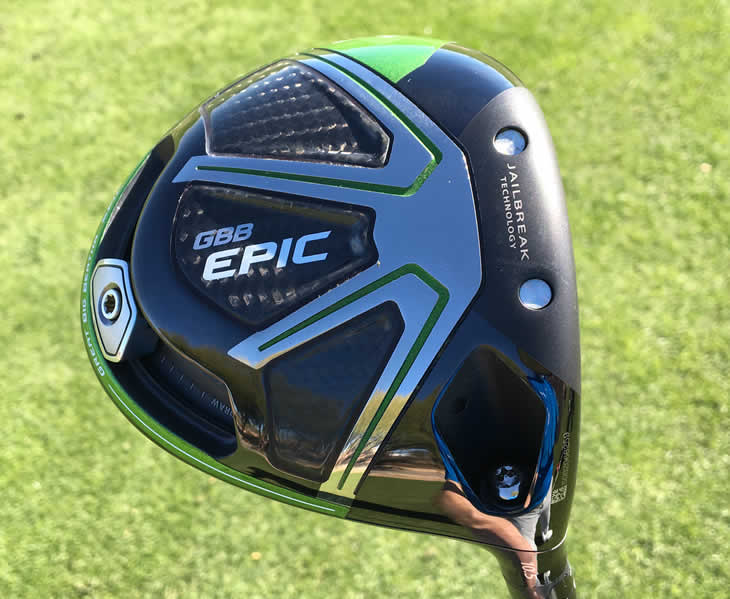
However in some ways it's nice to see companies put a stake in the ground every now and then and say 'here we are' and the arrival of the Callaway Great Big Bertha Epic driver has the potential to be one of those moments.
Before the COR rules came in 2003, Callaway led the way in fast driver faces with models like the ERC and you feel that with the GBB Epic that they are finally back thanks to their new Jailbreak technology.
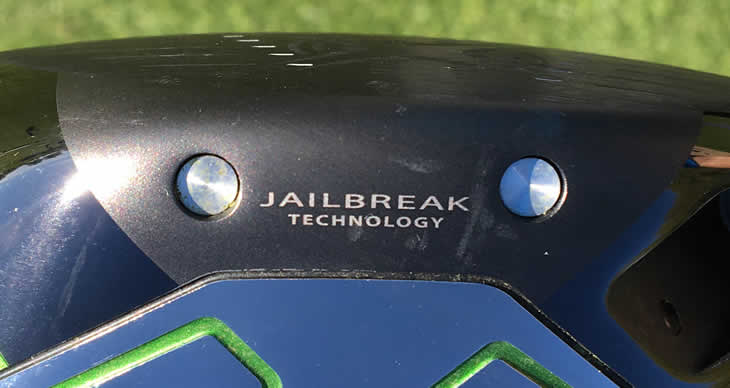
It solves the problem of the crown and sole diverging at impact as the face gets stretched vertically and loses energy. By casting two 3g titanium bars into the body behind the face to connect the crown and sole, Callaway are able to stiffen the structure of the head so that the face has to flex more, which in turn increases ball speed.
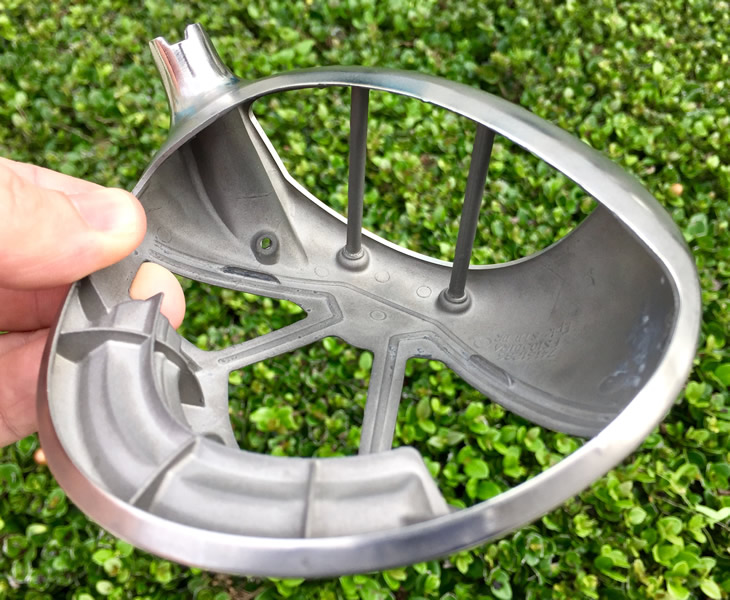
Now I have written thinner crown/save weight/lower CG so many times I wake up reciting it, but this is the way to the Holy Grail of distance and the Epic Triaxial Carbon crown is 30% thinner than previous versions and 64% lighter than the titanium crown on the Callaway XR 16 driver.
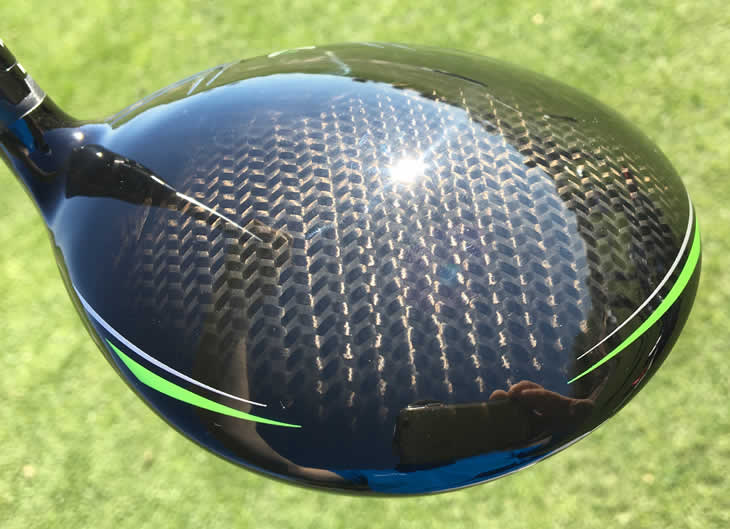
In fact 52% of the body is now Triaxial Carbon as the Epic builds on the titanium exoskeleton of the Callaway Big Bertha Fusion driver, but now the carbon is created as a single piece that is bonded to the titanium from the inside.
This gives designer Doc Hoc and the boys 37g to play around with and they combine this with a face that is 20% thinner than the XR 16 driver to convert that club head speed into ball speed more efficiently.
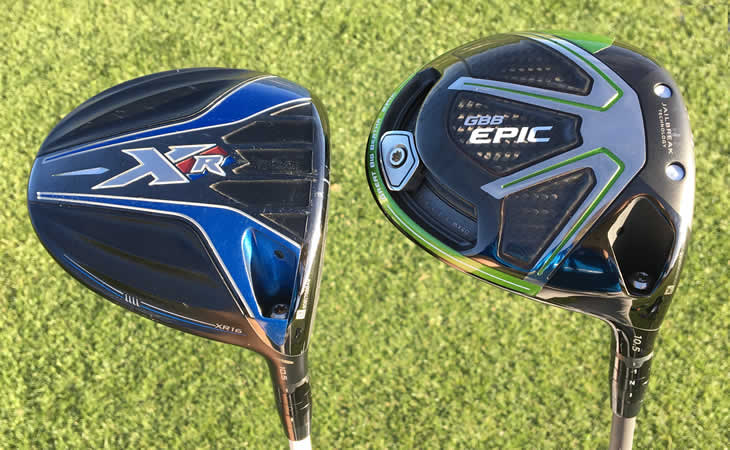
Does it work? Well, at the launch Callaway brought along Frenchman and European Tour #2 longest hitter Sebastien Gros to demonstrate. Just switching the Epic head in for his current XR 16 with the same shaft and loft he gained 3 mph ball speed and an extra 5 yards carry to 299 yards roling out to 326 total.
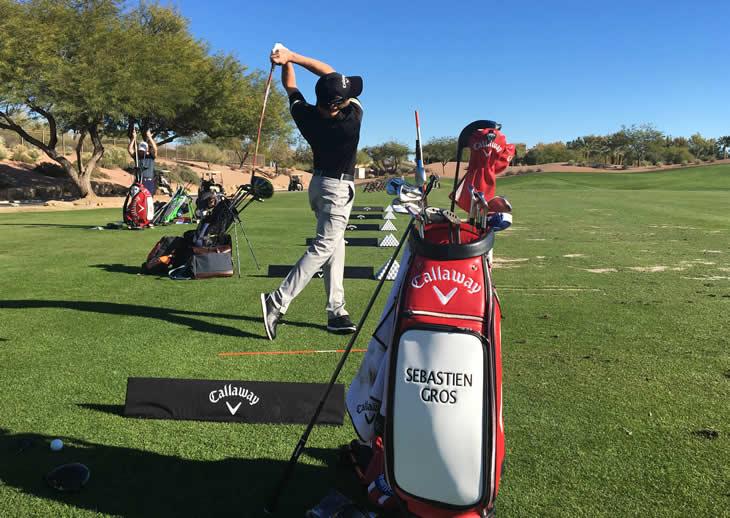
For average amateurs with a 100mph ball speed, Callaway say you can expect a 2mph gain or about 8 yards. So I tried it on Trackman against an XR 16 that I had been fitted for and it did gain me 7 yards thanks to more ball speed combining with a higher launch and less spin.

Compared to the XR it is a lower spinning club so even swinging at 102mph I was using a 10.5° head with the standard HZRDUS 55g shaft, which I liked as it was firm, stable and retained a lot of feel.

I didn't need to adjust the loft down using the adjustable usual OptiFit hosel as I had done on the XR 16, but it is there if you need it.
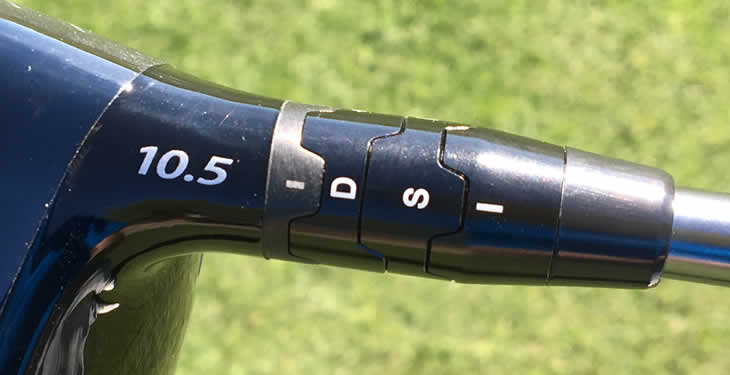
I also didn't take advantage of sliding the 17g sole weight around the back of the club head to vary the spin by up to 450rpm and create up to 17 yards of 'correction' to my accuracy.
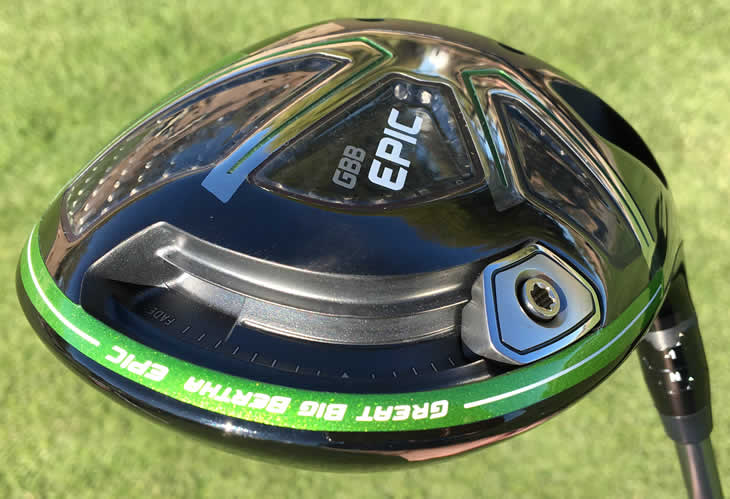
This mechanism was first used on the original second coming of the Big Bertha driver and in the Epic it is more on the underside of the rear of the head, rather than directly on the back to keep the CG lower. There are 17 hash marks on the track, but it is possible to position the weight anywhere you please.
At address it has a lovely look and shape with a slightly drawn back head that just stays on the right side of being pointy.
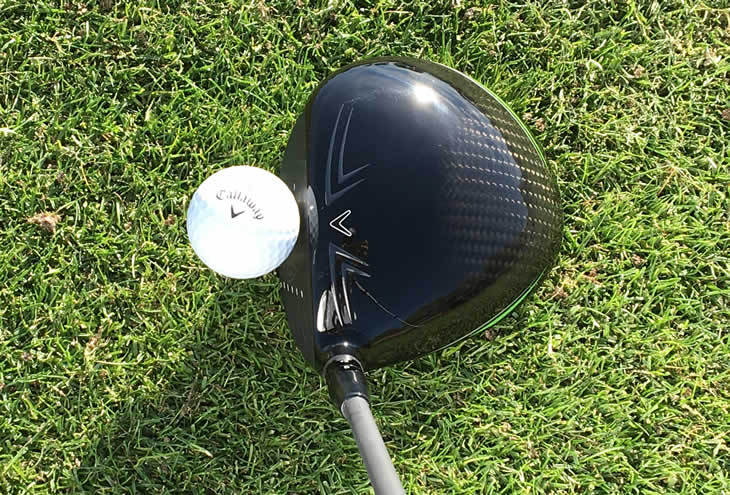
From here you can also see the Boeing inspired Speed Step on the crown that first appeared in the XR 16 to help smooth the airflow over the head to reduce friction. This is now a 3D printed Speed Step that is then applied to the head.

What struck me most from playing with the GBB Epic was how forgiving it is. All that weight shifting has made this one of the highest MOI drivers Callaway has created and anecdotally it seemed a very straight driver when used in anger on the course.
The sound is slightly carbonised and maybe not as sharp as the all titanium XR 16, but it still tingles the ears and feels great too.
Callaway Great Big Bertha Epic Sub Zero Driver Review
If you are a high ball spin generator then there is also a Sub Zero version of the Epic to keep things down.

It has a smaller and taller profile than the standard Epic and has a front and back weight port for a 12g and a 2g screw to fit in. Put the heavier weight at the front and it will create a lower flight and put it at the back and you will have a driver with a higher MOI than the ultra-forgiving Big Bertha Fusion.
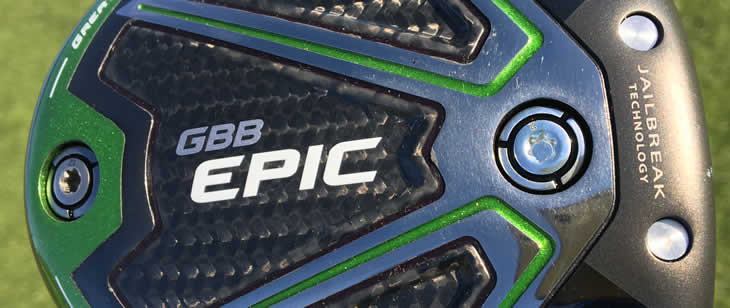
However before you all rush out and think this is the answer, I have to tell you that 8 out of 10 Callaway tour cats prefer the standard Epic and I am with them on that.
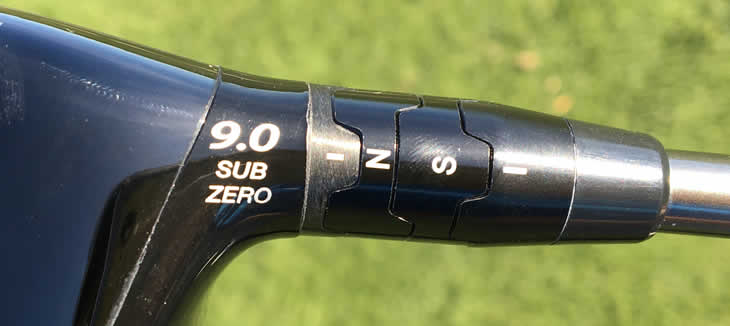
This is because the Sub Zero version is an even lower spinning club than the Epic for me and I could not consistently generate as much carry at my measly swing speed to justify putting it in the bag.
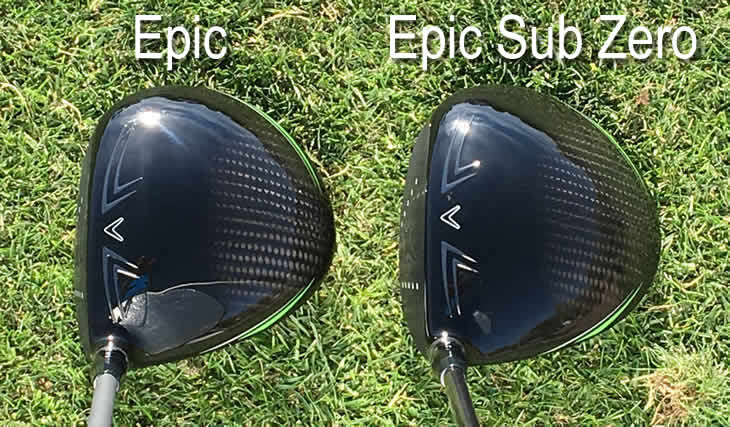
It was by no means that far behind distance wise, but I felt you had to be more precise with your set up and swing to get the right results and I got better distance more often with the more forgiving standard Epic driver.
Summary
The Callaway Great Big Bertha Epic driver is a very good driver and it is great to see genuine innovation in driver design that not only makes sense, but clearly delivers on what it sets out to achieve.
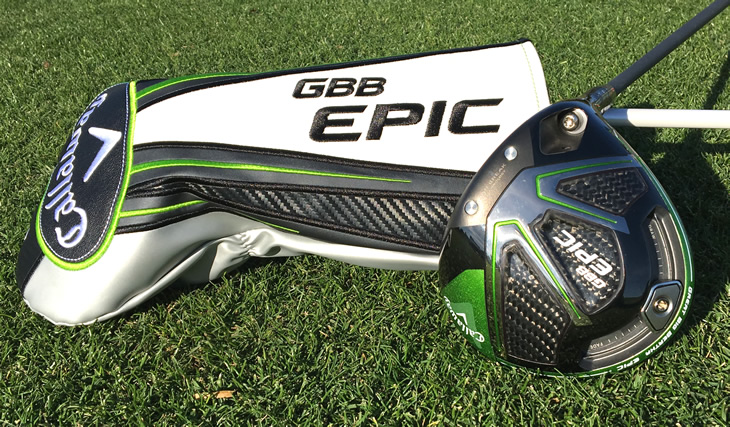
You will have to sell something treasured to afford it, but the combination of increased ball speed with increased forgiveness is obviously a winning formula and when it is packaged in a good looking, sounding and feeling head then you know that Callaway are on to a winner.
I looked up the dictionary definition of Epic and one of the things that came back was 'impressively great' and I think that is a pretty good bit of brand positioning for this Callaway driver.